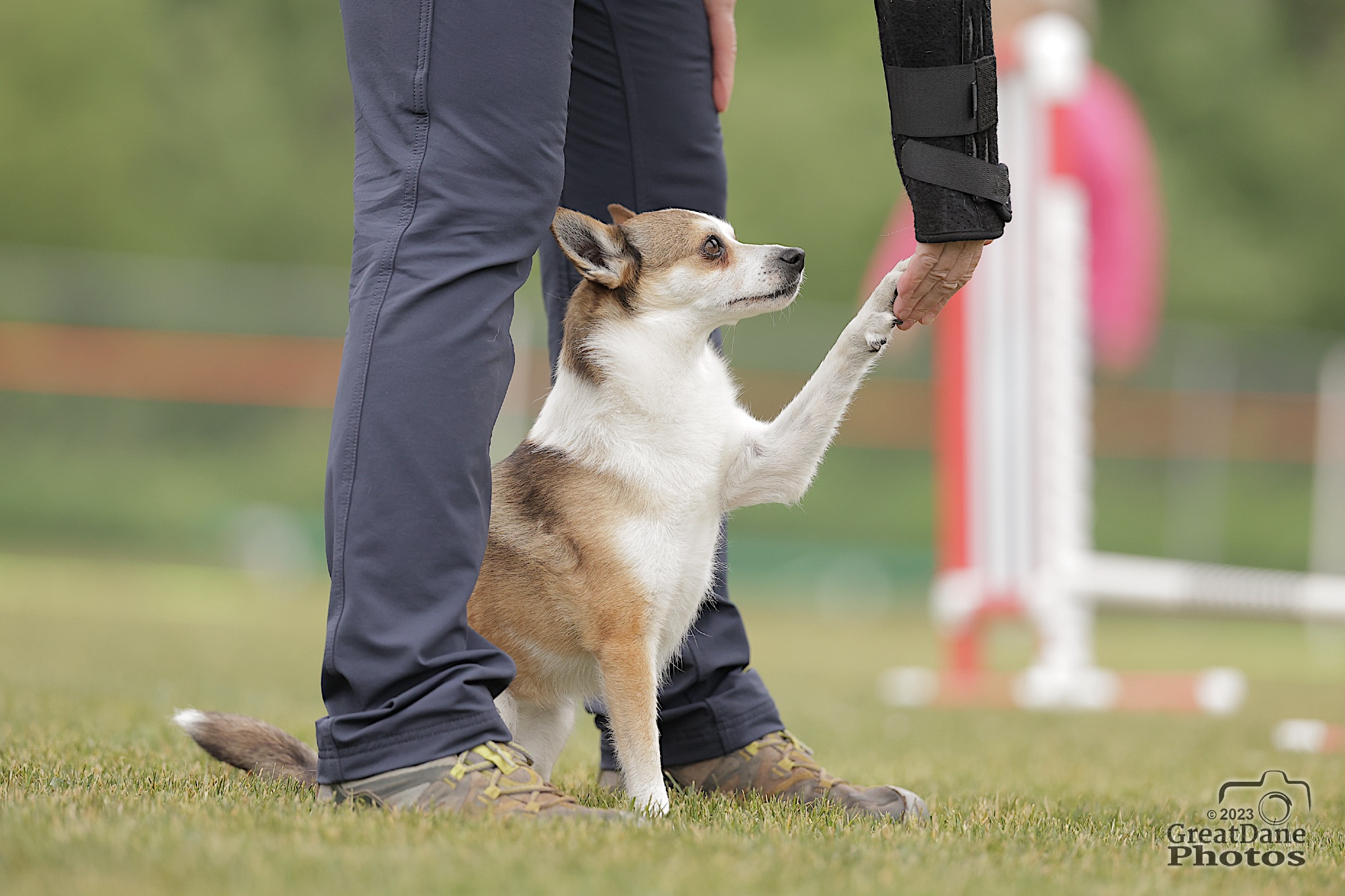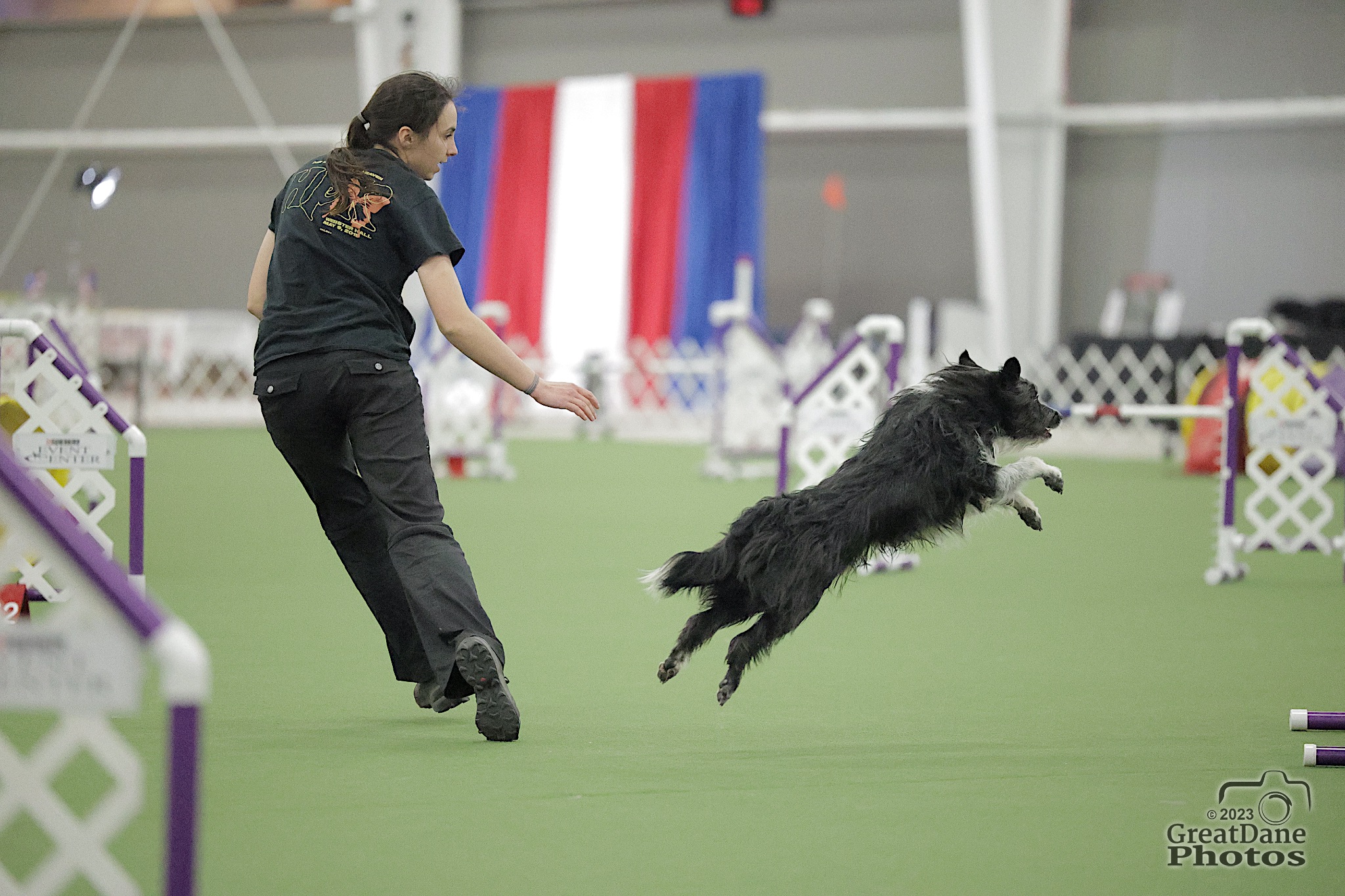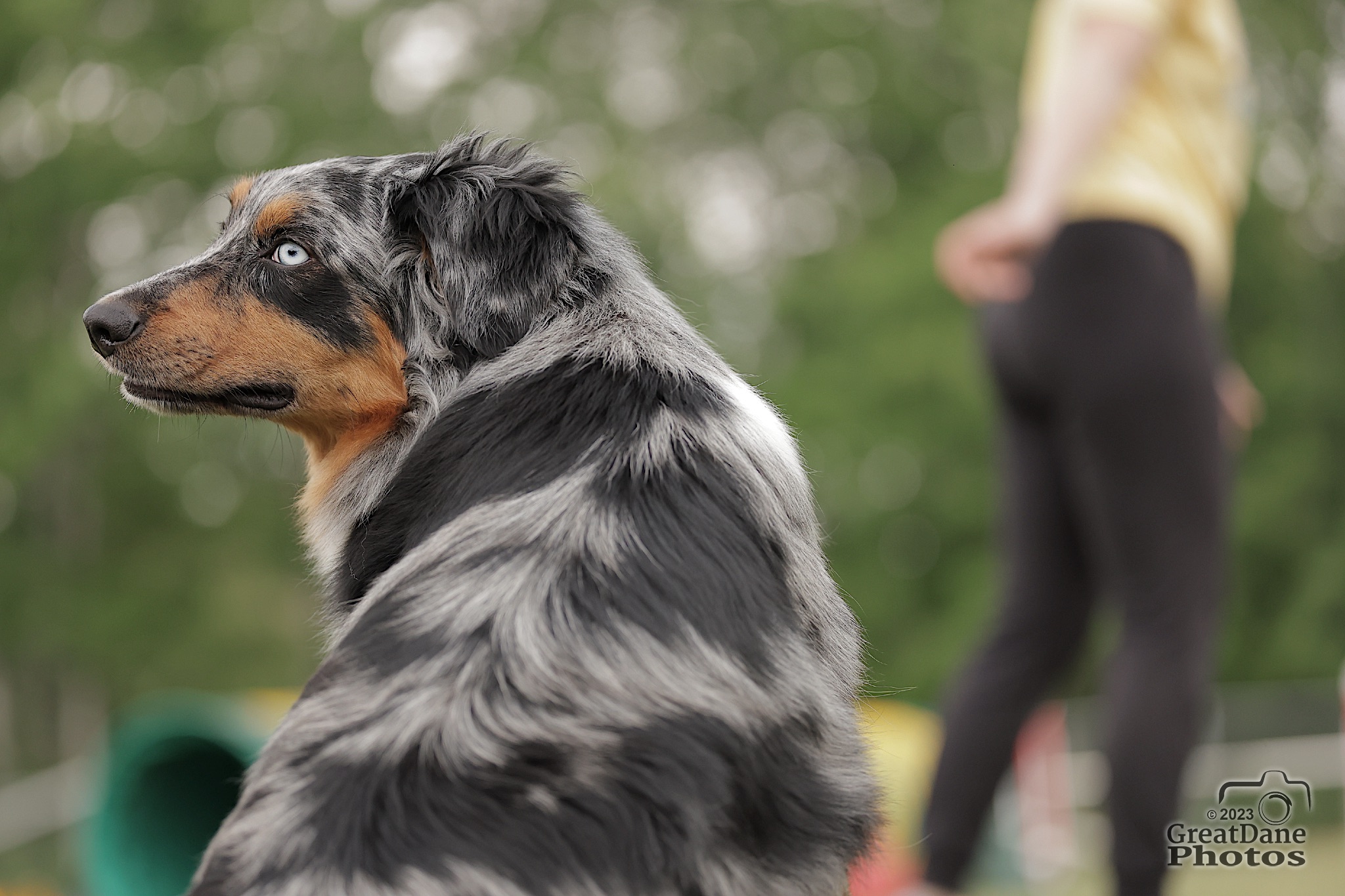Course Details
Does this feel familiar? You open up Facebook or Instagram and start scrolling, barely giving the photos a glance as they flash by. But every once in a while, you come across a photo so compelling that you stop and take a closer look.
The reason some photos make us pause while others are overlooked is the is the way the photo is composed. Photographers who master compositional techniques create images that effortlessly capture and hold our attention.
What about your photos? Do they inspire others to stop scrolling and take a deeper look? If not, join me in Compose the Dog to discover how to use composition to set them apart from others, making your photos unique and memorable.



Teaching Approach
- Lectures are released 1-2 times a week, along with a corresponding assignment that follows the lecture material. Gold students can submit images for each assignment as directed, as well as additional submissions with revisions to your images based on instructor feedback.
- Some assignments include step-by-step instructions to follow to demonstrate that the student understands a skill. Some are more open-ended, leaving more of the choices for the student to make in how they complete the assignment.
- Lectures are primarily written, with supplementary videos from a variety of sources on YouTube. Some videos may have subtitles, but it varies depending on the source.
 Instructor: Amy Johnson
Instructor: Amy JohnsonAmy Johnson (she/her) is the official show photographer for many of the premier agility events in the United States, including the AKC National Agility Championships, AKC Agility Invitational, USDAA Cynosport World Games, UKI US Open, and NADAC Championships, as well as numerous local trials, regional events, and breed national specialties. She has photographed a wide variety of dog sports, including agility, obedience, rally, and conformation. (Click here for full bio and to view Amy's upcoming courses.)

